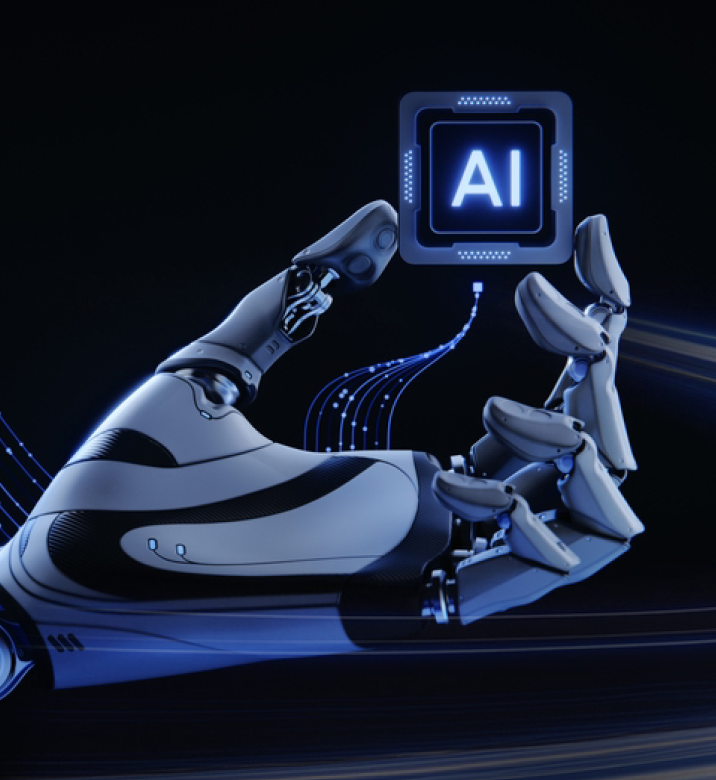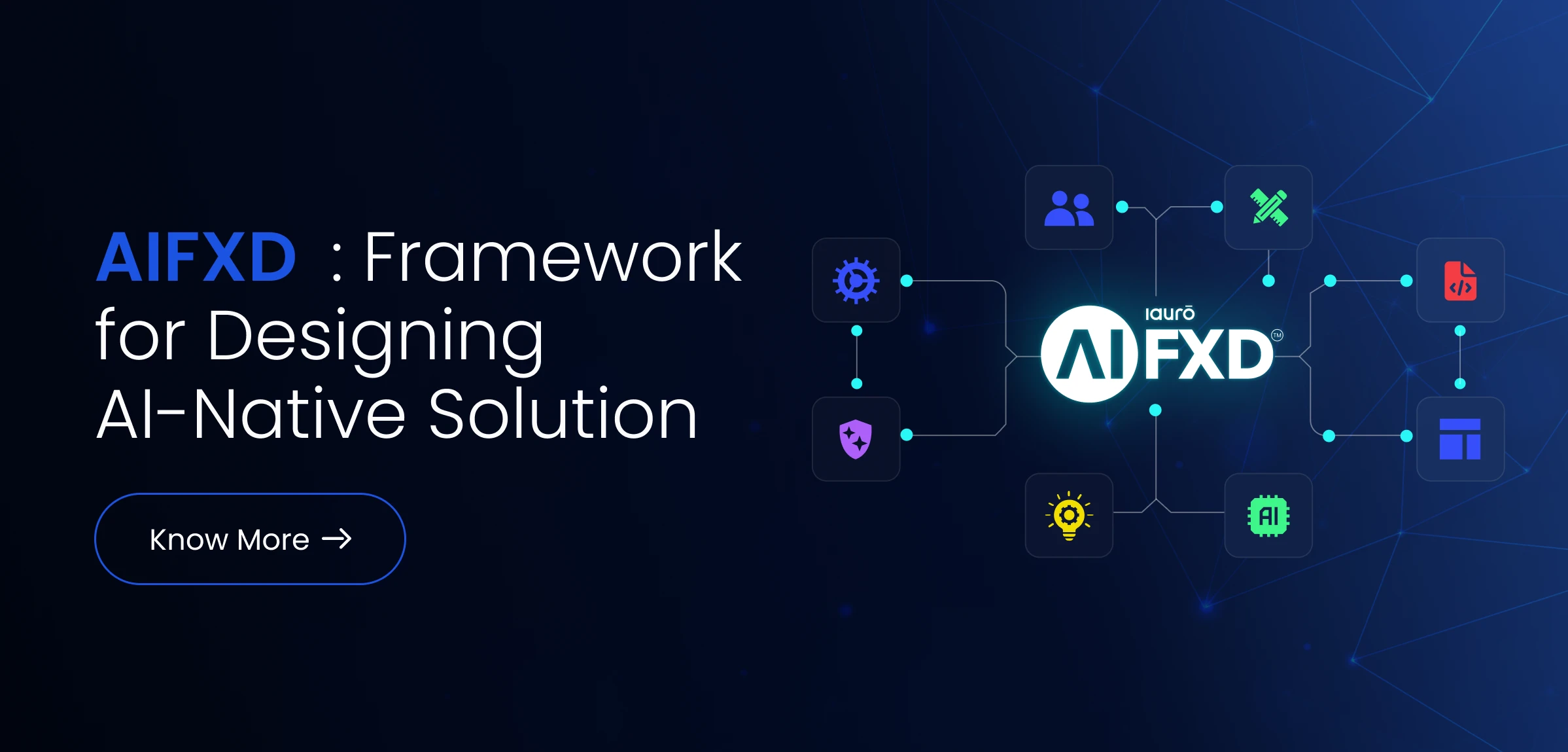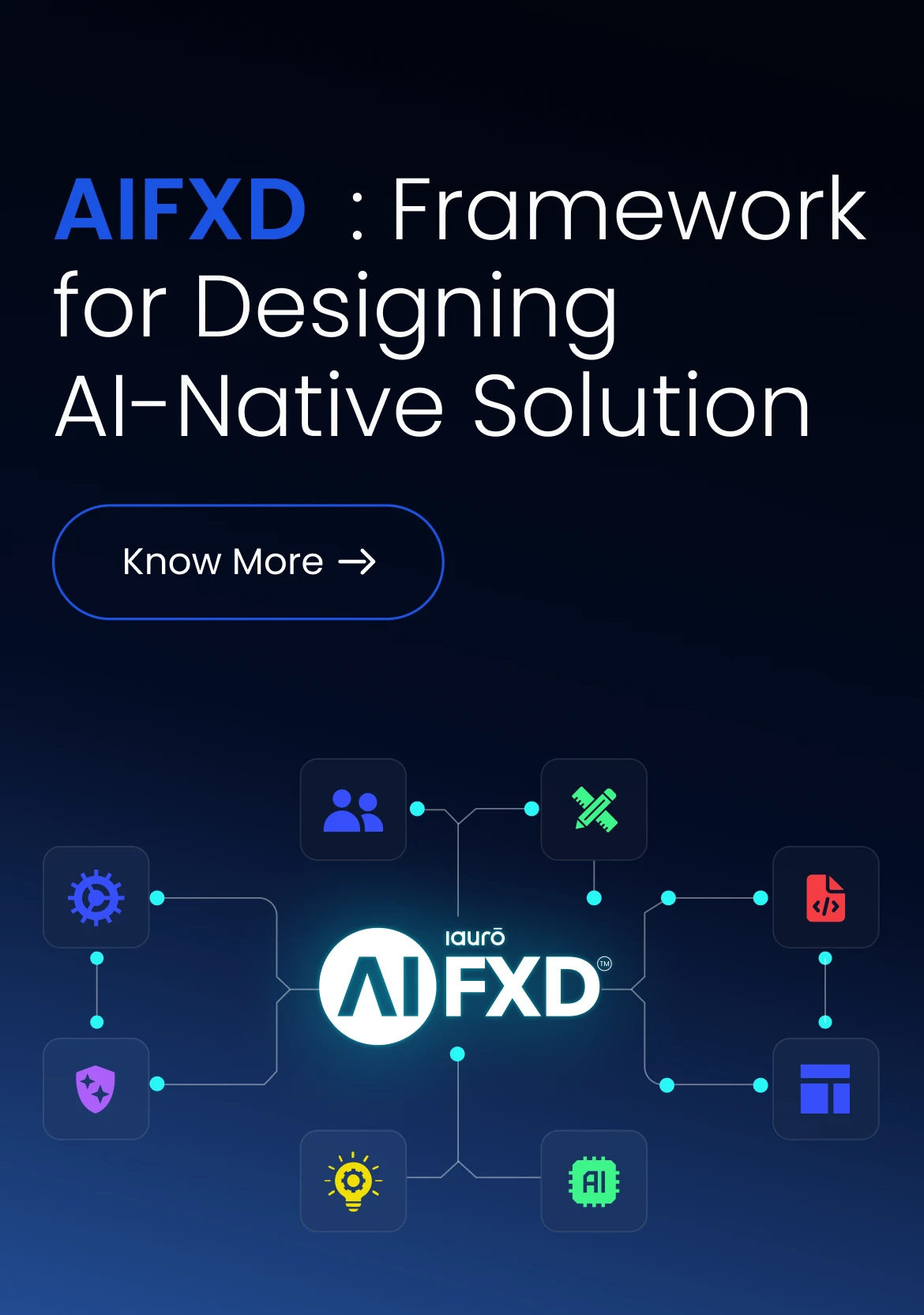Retrofitting Is Dead : Why the Future Belongs to AI-Native Enterprises


The Problem with Patchwork
Enterprise AI adoption has a problem. Not a tech problem—a design problem. For years, organizations have been plugging AI into the edges of existing systems. A chatbot here. A recommendation engine there. Maybe a dashboard with predictive graphs
But that model is starting to crack.
But this patchwork doesn’t hold. It’s not just expensive to retrofit AI into outdated stacks—it’s structurally limiting. Most systems weren’t built to think. They were built to process. And there’s only so much intelligence you can bolt onto something that wasn’t designed to learn.
That’s the hard truth many CIOs are now waking up to. And it’s why the future of enterprise innovation isn’t about making legacy systems smarter. It’s about building new systems that are natively intelligent from the start.
The Data Doesn’t Lie
Look at the numbers. Between 75% and 85% of enterprise AI projects fail or stall before making it to production. Only around 30% get past pilot. Many organizations are scrapping almost half of their AI proof-of-concepts before they even get close to production.
Why? Because they’re trying to force AI into a structure that fights it. Integration is messy. Data is siloed. Workflows are too rigid to adapt. Business users can’t make sense of what the system’s doing—let alone trust it.
In a way, these failures are predictable. You wouldn’t retrofit an electric motor into a diesel truck and expect high performance. So why do we expect AI to thrive in systems designed for static logic?
The True Cost of Retrofitting
Retrofitting AI isn’t just hard—it’s expensive. You’re looking at ballooning integration costs, middleware nightmares, and infrastructure upgrades that stack up fast. GPU clusters. Cloud egress fees. Data architecture rewiring. In some cases, capital expenditure just to prep a legacy system for AI can swallow over 30% of total project costs.
And that’s before you hire the talent. AI teams aren’t cheap. Neither are the consultants you’ll need to wrangle your outdated tech stack into shape. Then there’s change management, training, and adoption support. All while your actual ROI sits somewhere between “meh” and “still waiting.
Worse, the more you invest in retrofitting, the deeper you get locked into complexity. You’re not building momentum—you’re bailing water
Why AI-Native Changes the Equation
AI-native platforms flip the script. They’re designed with intelligence as the foundation—not an overlay. That means decision-making is baked into the architecture. Learning loops are part of the operating system. Automation isn’t something you add—it’s how the system behaves by default.
With AI-native products, data flows are continuous, context is preserved, and outputs are explainable by design. These platforms don’t just react—they adapt. And they get better over time, without requiring massive rewrites or bolt-ons.
It’s like the difference between duct-taping a rocket engine onto a glider… and designing a jet from scratch.
What Real ROI Looks Like
So what happens when you stop retrofitting and start building AI-native?
You see it in operational efficiency—automated workflows that don’t require constant oversight. You see it in responsiveness—systems that can shift strategy mid-flight because they’re learning in real time. You see it in business resilience—less downtime, less manual rework, fewer blind spots.
Organizations close to AI-native maturity report up to 1.5x higher EBIT growth compared to peers still trying to “enhance” their legacy tools. That’s not a minor bump. That’s competitive distance.
And unlike AI-enhanced tools—where improvements are incremental and easy to replicate—AI-native platforms create differentiated value. You’re not just keeping up. You’re outpacing.
This Isn’t Just About Tech. It’s About Teams.
Building AI-native systems means changing how teams work too.
It’s not just engineers anymore. Product managers are now orchestrators of outcomes. Designers are working on prompt interactions and ethical flows. QA is continuous and AI-augmented. And AI agents themselves are collaborators—not just tools. They draft code, generate insights, monitor performance, even assist in architecture decisions.
Instead of adding more headcount, AI-native teams scale by deploying specialized agents. Instead of handoffs, they operate in tight, cross-functional pods that iterate quickly and learn constantly.
And the shift isn’t optional. It’s happening. The only question is whether your team is ready to keep up—or stuck retrofitting yesterday’s playbook
Use Cases Speak Louder Than Words
You don’t need to imagine what AI-native looks like—it’s already showing up across industries:
- Financial services are building agentic platforms for real-time credit decisions, investment insights, and autonomous finance workflows.
- Logistics firms are orchestrating predictive routes, automating warehouse operations, and detecting disruptions before they happen.
- Retailers are moving past personalization to real-time, context-aware shopping experiences powered by intelligent backends.
- Manufacturers are deploying AI-native systems that link edge devices, robotic arms, and supply chains into adaptive feedback networks.
The thread across all these examples? None of it could be retrofitted. These weren’t upgrades—they were reimaginations.
But Isn’t Retrofitting Safer?
Sure, it feels safer—especially when budgets are tight or leadership’s not quite sold. But it’s a short-term fix with a long-term cost. Every enhancement you retrofit adds another layer of dependency and maintenance. Eventually, your system becomes so complex it slows everything down—innovation, decision-making, even user trust.
And let’s be honest: many of those “safe” pilots never make it to production anyway. They get stuck in endless validation loops. Or worse, they go live and underperform, hurting AI credibility across the org.
Sometimes the riskiest move is playing it safe.
At iauro, we’ve seen the limits of retrofitting up close—across industries, product types, and tech stacks. That’s why we don’t work around legacy logic. We help companies rethink it.
Our approach is straightforward :
Data forms the foundation, AI is baked into the core logic, and every product is shaped with intuitive, human-centered experiences. It’s not just about writing code. It’s about structuring systems so intelligence isn’t optional—it’s essential.
We build AI-native digital products that:
- Learn from day one—not just after launch
- Handle logic through intelligent agents—not hardcoded rules
- Ship in modular form—so they can evolve without breaking
- Work across teams—because experience, engineering, and data are looped in from the start
This isn’t a theory. It’s how we’ve helped enterprises go from stalled pilots to adaptive platforms—without dragging old architecture along for the ride.
We don’t sell upgrades. We help you build better products from the beginning.
So What Now?
Start small—but start right.
You don’t need to rebuild your enterprise from scratch. But your next product? Your next major system redesign? Make it AI-native. Bake intelligence from day one. Think in feedback loops. Build with explainability, observability, and learning baked into every layer.
Invest in your teams. Teach everyone—from engineers to product managers—how to work with, supervise, and shape AI agents. Break down silos. Set up tight, high-trust, cross-functional pods. Build workflows that adapt. And yes, be ready to unlearn a few things.
The payoff? Products that don’t just ship—they evolve. Teams that don’t just execute—they orchestrate. Enterprises that don’t just adopt AI—they think with it.
Retrofitting is dead. It’s time to build better from the beginning.
If you’re still layering AI onto yesterday’s systems—stop.
Start designing for intelligence from the core.
Learn how iauro helps enterprises build AI-native digital products that adapt, learn, and scale on their own.
Visit iauro.com or reach out to start a conversation.
Taking one liner ideas to make impactful business outcomes.
Taking one liner ideas to make impactful business outcomes.

